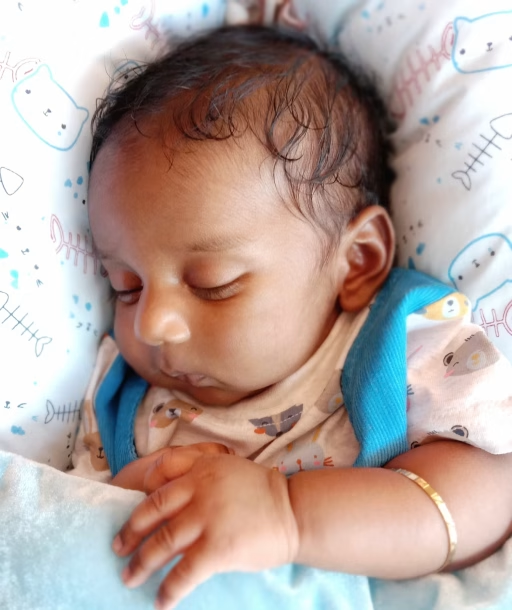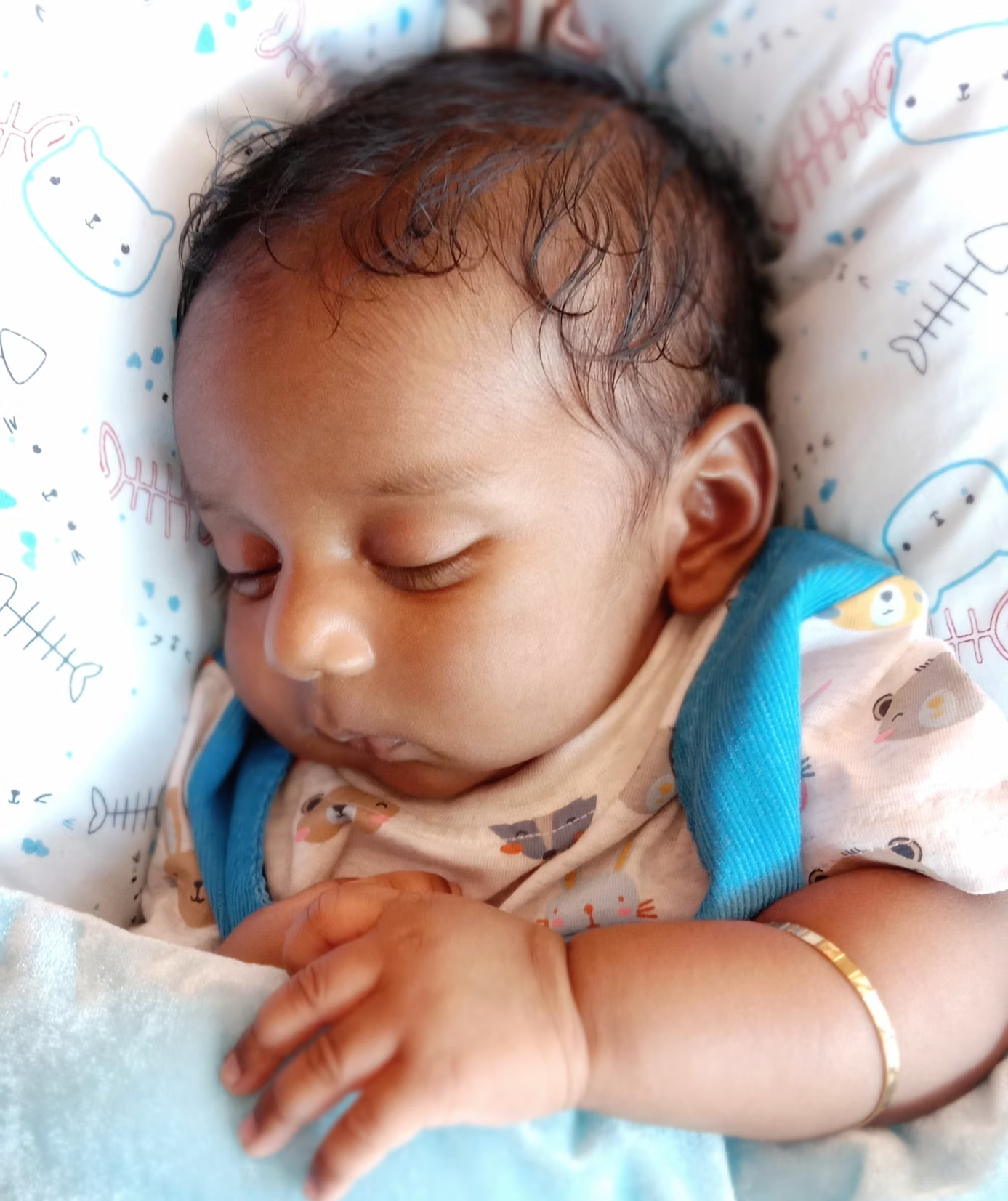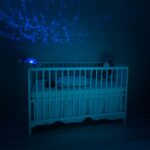Baby Sleep Aids – What Actually Helps Your Newborn Sleep (and What Doesn’t)
Healthy’s Summary
When you’re sleep-deprived and holding a wide-awake newborn at 2:37 a.m., you’ll try almost anything to help them sleep. Sound machine? Rocking chair? White noise womb bear? Lavender-scented sleep spray? It’s hard to tell what’s useful—and what’s just baby-marketing fluff.
The truth is, baby sleep aids can be helpful if they’re used the right way and aligned with what your baby actually needs developmentally. But they’re not magic buttons. A good sleep aid supports what’s already working—not replaces it.
We’ll break down the baby sleep aids that pediatricians and real parents say are worth it, plus a few things to avoid. Because when you’re navigating life with a newborn, clarity (and sleep) is everything.
First, Let’s Get Real About Newborn Sleep
Newborns sleep a ton—about 14 to 17 hours per day—but it’s scattered across short stretches. They wake often to feed, and most won’t sleep through the night until closer to 3–4 months. That’s normal. The goal right now isn’t perfection—it’s support. That’s where baby sleep aids come in.
Baby Sleep Aids That Actually Help
1. White Noise Machine
White noise can work wonders for calming an overstimulated baby. It mimics the constant whooshy sound of the womb—and helps block out sudden household noise.
Try this: Hatch Rest+ Baby Sound Machine – Combines white noise, night light, and app-controlled scheduling.
2. Swaddles (For Babies Under 3–4 Months)
Swaddling helps keep flailing arms and the startle reflex from waking your baby every five minutes. Just make sure to transition out once they start to roll.
Try this: Love to Dream Swaddle UP – Easy zipper design and arms-up position lets baby self-soothe safely.
3. Pacifiers
Pacifiers offer quick soothing and have been linked to a lower risk of SIDS. Some babies love them, some couldn’t care less—but they’re worth trying.
Try this: Philips Avent Soothie Pacifier (0–3 months) – Hospital-grade, BPA-free, and great for newborns.
4. Motion (Rockers, Walks, Bouncers)
Babies love gentle motion—it’s comforting and familiar. Whether it’s in your arms, a stroller, or a safe swing, motion can calm an overtired baby fast.
Try this: Graco Simple Sway Swing – Compact footprint and gentle side-to-side motion.
Bonus: Solly Baby Wrap – Lets you babywear hands-free while helping your newborn nap on you.
5. Blackout Curtains
By 2–3 months, your baby starts producing melatonin (the sleepy hormone). Darkness helps cue their body that it’s nighttime—even if it’s 6 p.m. and still sunny outside.
Try this: NICETOWN Blackout Curtains – Affordable, highly rated, and machine washable.
Sleep Aids That Aren’t Great (or Safe)
1. Inclined Sleepers or Rock-N-Plays
These have been linked to over 90 infant deaths and are banned from sale in the U.S. Always place your baby on a flat, firm surface for sleep.
2. Essential Oils or Aromatherapy
Sleep sprays and diffusers sound soothing, but they’re not safe for infants under 6 months. Newborn lungs are ultra-sensitive.
3. Weighted Sleep Sacks
Skip anything that puts weight on your baby’s chest or body. They may be trending, but the American Academy of Pediatrics says they’re not safe for young infants.
What’s Trending With Modern Parents
If you’ve been scrolling sleep hacks at 3 a.m., you’re not alone. These products are getting lots of love from real parents:
- Smart white noise + nightlight combos: Hatch Rest+ is a favorite.
- Wearable sleep sacks: HALO SleepSack Swaddle grows with your baby and replaces loose blankets.
- Baby monitors with sleep analytics: Nanit Pro Smart Baby Monitor gives sleep reports and real-time alerts.
- Gentle “first routines”: New parents are choosing calming bedtime cues over strict sleep training, especially in the first 3 months.
Ask Healthy
A Few Tips to Make Sleep Aids Work
- Consistency is everything. Use your sleep aid the same way, every day.
- Pair them with cues. Swaddle + white noise + gentle bounce = cozy baby cocktail.
- Use them early—not just when baby’s already melting down.
- Stick with safe sleep. No plushies, bumpers, or magic gadgets. Back to sleep, every time.
The Takeaway
Sleep aids aren’t miracle workers—but they can be powerful tools in your newborn toolkit. When used safely and consistently, they help signal “it’s time to rest” and support your baby’s developing sleep rhythm.
And if something doesn’t work for your baby? That’s okay too. You know your baby better than any box or brand. Check out a few more solutions included in our other article: How to Get an Overtired Baby to Sleep (Without Losing Your Mind)
Want to dig deeper?
Thriving as a New Mom
Caring for a newborn is a wild mix of magical moments and total chaos — one minute you’re soaking in the snuggles, the next you’re wondering if you’ll ever sleep again. Thriving as a New Mom is here to help you navigate those early months with real-world tips, gentle guidance, and a place to check in on you. From figuring out baby’s sleep patterns to carving out a little time for your own sanity, this program is all about helping you find your footing — so you can care for your baby without losing yourself in the process.
Enroll in one of Healthy’s Programs to log, track and learn more about your Health, one conversation at a time.
Learn More




